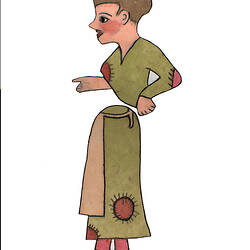In order to perform Shadow Puppet Theatre, it is essential to have light - the play of light and shade is at the heart of shadow puppet performance. Greek Karagiozis Puppeteers have used a number of means of creating artificial lighting to light up the original cardboard puppets and later the coloured puppets made from skin or acrylic (a hard plastic) onto the screen of the puppet theatre stage. With lighting they created a beautiful colourful spectacle for the audience. The first type of lighting used, due to the lack of electricity, was the oil lamp with a single or double wick. Depending on the length of the stage, in order to achieve uniform lighting from the middle to the base of the screen of the stage, they used 8 to 10 to 12 or more oil lamps. They placed these on a long narrow board 10 to 15 centimetres below the base of the stage screen in order that the light source was not visible by the audience. In order to prevent the light spreading outside/off the stage they placed a curved piece of tin around each oil lamp. For example, they used an empty tin of kerosene/paraffin oil cut in half. The puppeteer also had to provide a hanging device to hang oil lamps above the stage to light the stage screen from the middle to the top. They also placed a tin around those oil lamps in the same manner as the lower stage lamps as well. Another means of lighting used was the acetylene lamp. Not as many acetylene lamps were required as the light they emitted was much stronger. They were placed in the same position and in the same manner and using the same equipment above and below the stage screen as the oil lamps.
Later, even after electricity became available in Greek towns, many Karagiozis Puppeteers continued to use oil or acetylene lamps. The reason for this was that electricity, power cords and electrical equipment was expensive. In order to light up the stage using electricity, a puppeteer would need to expend a large financial outlay to acquire the necessary equipment such as light globes, light fittings, power board etc. In addition to the number of light globes needed to light up the stage, the puppeteer would require at least as many spares as the globes often blew or broke in transit from town to town. Approximately 15 to 20 light sockets were needed to affix the light globes. Also, many double and single power adaptors and plugs and many metres of power cables were required to convey the electricity from the power source of the building to the stage. In addition, the services of an electrician would be required to connect the electricity from the power source. In the event of power faults the puppeteer would also have to pay the theatre/house electrician for his services to repair the faults. Also, the puppeteer would need to have a supply of things such as duct tape, pieces of wood, nails, tacks, a hammer, a pair of pliers, a wire cutter and an electrical screw driver. In the event that electrical lighting was used, it was also necessary to have the requisite framework to affix the lighting above and below the stage to light up the screen in the same manner as the oil/acetylene lamps. A row of one-metre long wooden light fixtures with light sockets were affixed to a narrow wooden board which was the same length as the stage was placed at the foot of the stage to light up the lower half of the screen. A similar light fitting was suspended above the stage to light the top half of the stage.
Since the 1930s all Karagiozis Puppeteers used electrical lighting unless they were performing in locations where electricity was unavailable. After World War II the old style light fittings were abandoned due to the availability of electricity even in the smallest of villages.
References:
Malkin, Michael, R. (1977). Traditional and Folk Puppets of the World, A.S. Barnes & Co., Inc., N.J.
Simmen, Rene (1975). The World of Puppets, Elsevier, Phaidon, London
Hogarth, Ann & Bussell, Jan (1985). Fanfare for Puppets!, David & Charles Publishers Ltd, USA
Yayannos, A & Ar and Dingli, J. (1976). The World of Karaghiozis
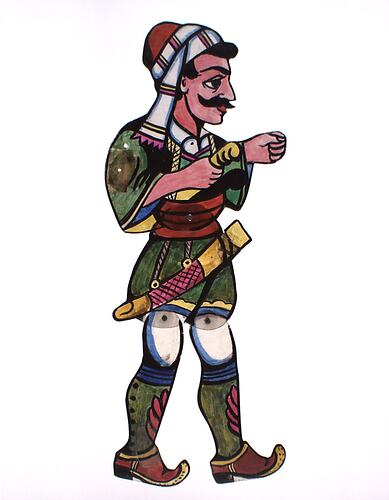
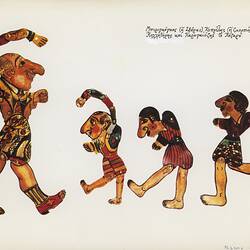
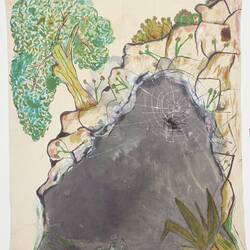
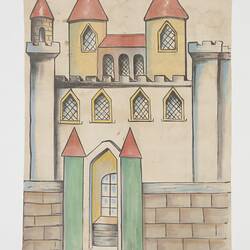

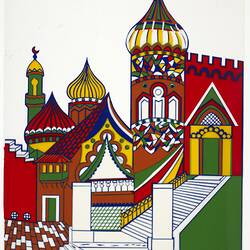
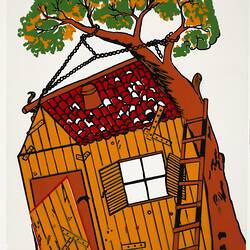
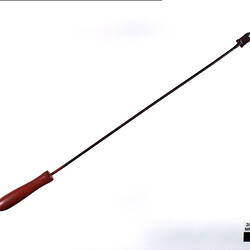

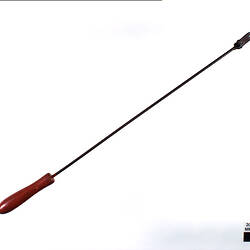
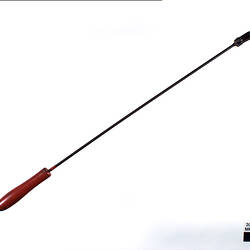
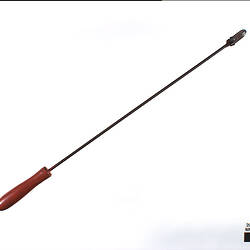
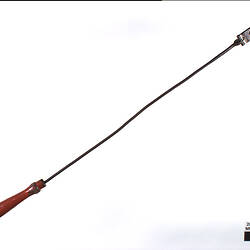
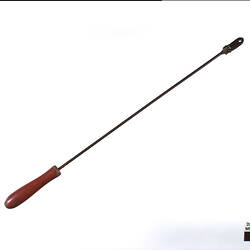
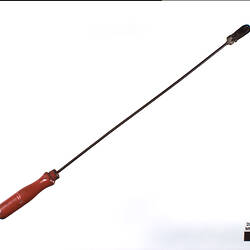
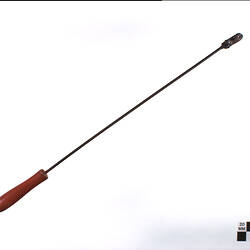
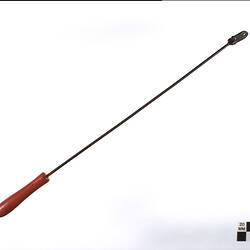


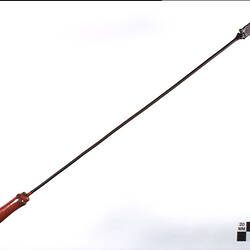
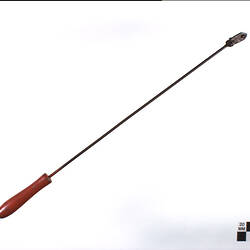
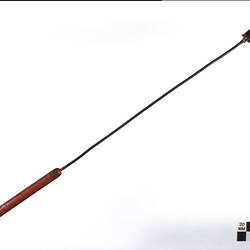
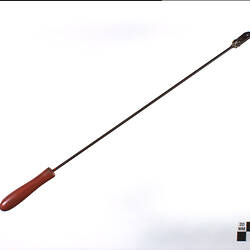
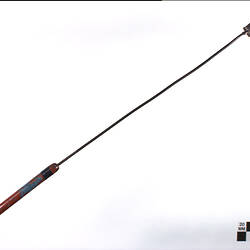

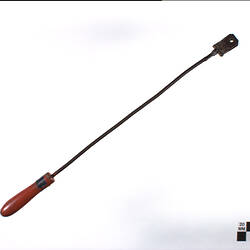
![Puppet - Greek Shadow Puppet Theatre, Karaghiozis [classic], 1960s](/content/media/34/327134-thumbnail.jpg)
